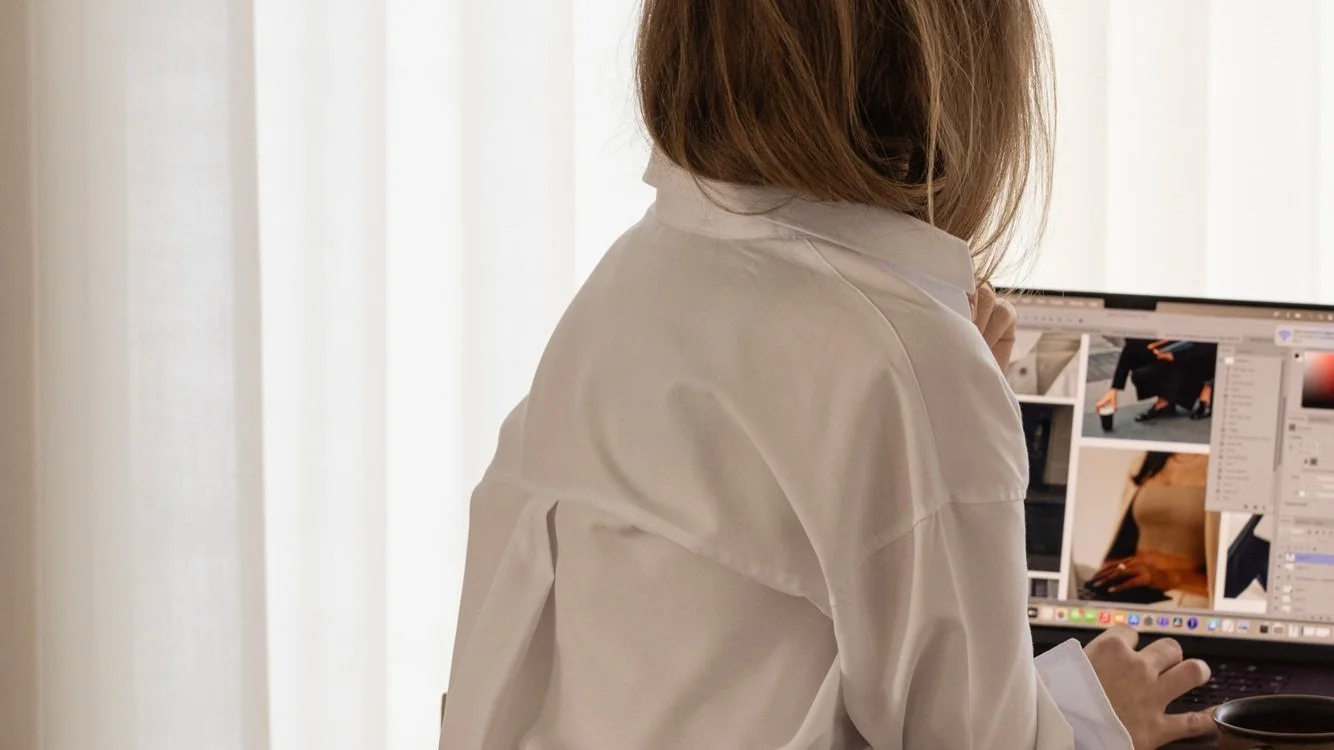Six Ways to Price Your Services as an Interior Designer
©️ Dakota Design Company 2017-2025 | All rights reserved. This content may not be reproduced, distributed, or used without permission.
Written April 2023 | Updated January 2025
When determining how to price your residential interior design services, it’s important to understand the various pricing structures out there so you can choose the one that will work best for YOU.
In addition, there are other factors to consider, like your location, your marketing, your experience level, whether you are sourcing retail vs. trade furnishings, your clients, your scopes, your client experience, your team, and so on.
While every interior designer I’ve worked with since 2017 prices slightly differently, I’ve definitely seen consistent ranges among the most popular methods, as well as what I believe to be the pros and cons of each. *As a side note: my expertise lies in residential interior design businesses, not commercial, so keep that in mind as you read this post if you’re a commercial designer.
💌 Want my best pricing insights and strategies delivered weekly? Join The Weekly Install® — it’s free. Sign up here
Six Pricing Models for Residential Interior Designers
Hourly
Flat fee
Price per square foot
Percentage of project
Commission only
Hybrid
Hourly Billing Method for Interior Designers
Hourly is one of the most common ways to bill for design services and it’s probably the one I would recommend if you are just starting out AND if you are actually going to track your hours.
That’s the key: if you aren’t going to track your hours, then you obviously should not bill hourly.
I say this because, YES, I’ve worked with designers who bill hourly yet tell me they are terrible at tracking hours and definitely underbill. If that’s you, then absolutely move over to flat fee!
I have hourly designers do it one of two ways:
they provide a detailed scope and an estimate of hours, letting clients know upfront what they can expect to pay for their scope or
they simply provide their hourly rate, provide a general scope, and then start.
This means that everything is billed at the hourly rate, whether you have just one rate for all work on a client project, or if you have various rates based on the type of work being done (this would be the case if you have a junior or an admin working at a lower hourly rate).
Flat Fee Billing Method for Interior Designers
Flat fee is another common billing method we see interior designers use for design services. It’s the pricing method I would recommend if you have data on how long a typical project typically takes.
If you’re just starting out and have no idea how long each phase takes, you might be taking a stab in the dark to price your services and then grossly undercharge.
Here’s the thing: even if you’re a flat fee designer, you (and your team) should still track your time on a client basis so you can review data and your pricing to ensure your flat fees are aligned.
If you do flat fee billing, you’ll provide a flat fee upfront to the client for the entire scope of work, and then you’ll take that fee in installments throughout the process.
Price Per Square Foot Billing Method for Interior Designers
Charging your interior design fees based on price per square foot is how many designers GET to their flat fee amount. We see this most often with designers who do new construction projects and large-scale renovations.
This method makes pricing a project very easy because you simply calculate the square footage of the space(s) being designed and then multiply that by your price per square foot.
The price per square foot for design services varies GREATLY by location, experience, project type, and the level of service you’re providing.
When billing this method, you’ll bill it similarly to flat fee in that you’ll create a scope of work, calculate the fee, then collect the fee in a few installments.
Percentage-Based Billing Method for Interior Designers
We actually haven’t worked with many designers who bill this way unless they solely do new construction or are general contractors or architects, as well as designers. In this method, you would charge a % on top of the total construction costs and/or total furnishing costs, and that would serve as your design fee.
Commission/Mark-up Only Pricing Method for Interior Designers
We have never worked with a client who bills this way (so if you do, I’d love to chat!!), but in this method, you charge only the markup or commission on products and nothing for your design services. When a client purchases items through you, your markup on the product is your payment.
Hybrid Pricing Billing Model for Interior Designers
Charging design fees on a hybrid model means you combine two or more of the above methods for your billing. So rather than just doing a straight hourly or straight flat fee from start to finish, you have a billing method for design phase, a billing method for administration, and a billing method for install.
Some common hybrid methods:
Flat fee for design, then hourly for everything after that.
Flat fee for design, ordering, and install, then hourly for everything else.
Flat fee for design, then retainer for everything after that.
If you want to completely revamp how you price, present, and sell your services, join my Pricing & Proposals Training. We’ll walk through how to set rates, build proposals that win high-value clients, set minimums for your firm, and book dream projects with confidence. Enroll here
Looking for more? Keep reading:













